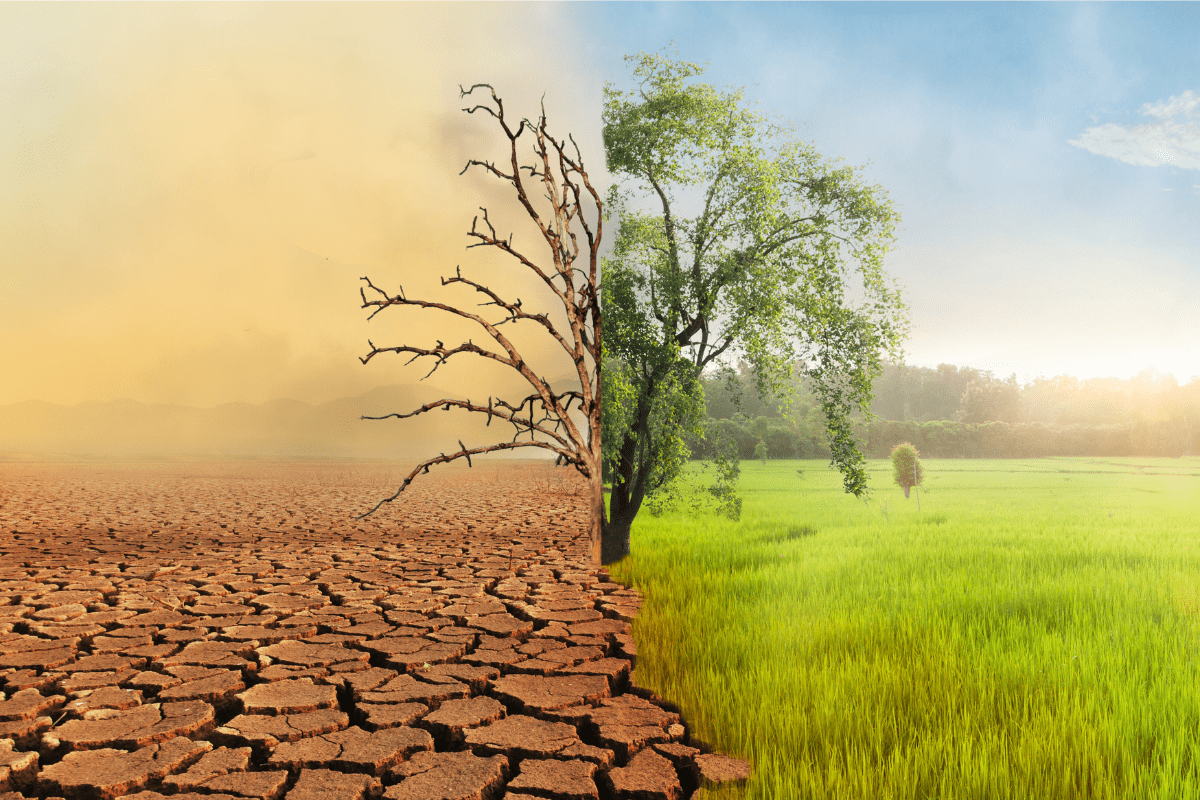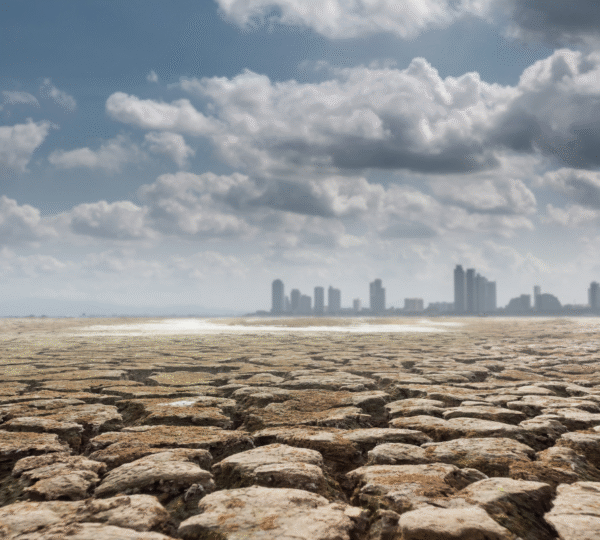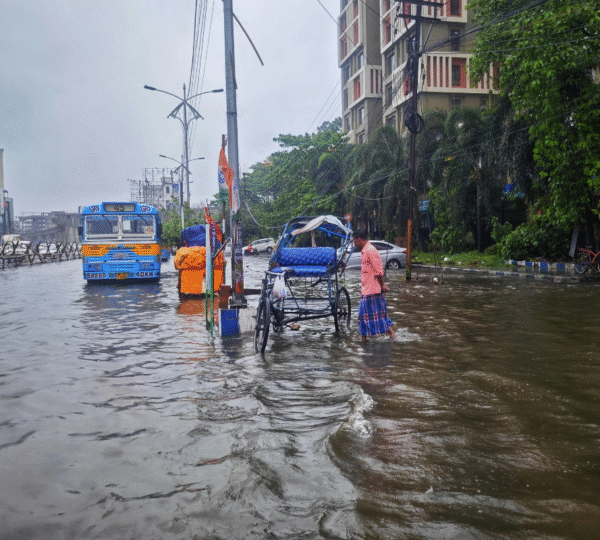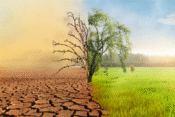
Climate Change Impact on Local Agriculture
I once visited my aunt’s small farm one summer, expecting the same lush green fields I had grown up seeing. Instead, I was met with dry soil, patchy crops, and a look of worry on her face that told me things were not going well. The rains had come late that year, and when they finally arrived, they were heavy and destructive. She told me that the tomatoes she had planted twice had failed both times, once from drought and once from flooding.
That was the moment I realized climate change was not some distant, abstract issue. It was right there in the soil, in the food we eat, and in the livelihoods of people we know.
Agriculture is one of the most climate-sensitive industries in the world. According to the Intergovernmental Panel on Climate Change (IPCC), shifting temperatures, erratic rainfall patterns, and more extreme weather events are directly affecting crop yields, soil health, and livestock production.
The changes do not just influence what farmers can grow; they affect food prices, availability, and even the cultural foods we associate with certain seasons.
Fun Fact: Did you know that some wine producers in France are now buying land in England because their traditional regions are becoming too hot for certain grape varieties?
How Climate Change Is Affecting Local Agriculture
1. Unpredictable Weather Patterns
Farmers have always adapted to seasonal cycles, but climate change is making weather harder to predict. Prolonged droughts, sudden floods, and unexpected frosts can destroy entire harvests.
Expert View: Dr. Cynthia Rosenzweig, an agricultural scientist with NASA, says, “We are seeing a growing gap between the climate farmers are prepared for and the climate they are experiencing.”
Tip: Farmers are increasingly using local climate data tools and apps to plan planting and harvesting dates more precisely.
2. Shifting Growing Seasons
Warming temperatures are changing the times when crops can be planted and harvested. While some regions might benefit from longer growing seasons, others face the risk of heat stress on crops.
Fun Fact: In parts of the United States, corn planting now happens up to two weeks earlier than it did 30 years ago.
3. Soil Degradation and Water Shortages
Climate change speeds up soil erosion and depletes organic matter. It also disrupts water availability, making irrigation more difficult and expensive.
Expert View: The Food and Agriculture Organization (FAO) warns that about 33 percent of the world’s soils are already degraded, and climate change is accelerating the process.
Tip: Practices like crop rotation, mulching, and regenerative farming can help protect soil health.
4. Pest and Disease Spread
Warmer temperatures allow pests and crop diseases to expand into new territories, threatening local crops that have never faced them before.
Fun Fact: The coffee berry borer, a pest that damages coffee beans, is now thriving in higher altitudes that were once too cold for it.
Local Farmers on the Frontline
In rural communities, farmers are not just dealing with changing weather; they are making tough choices about which crops to grow, how to invest in water management, and whether farming is still viable for future generations.
A farmer in Kenya recently told a local news outlet, “We used to rely on the rains like clockwork. Now, we do not know if they will come at all, and when they do, they can destroy more than they help.”
Adapting Agriculture to a Changing Climate
The good news is that innovation and traditional knowledge are working together to help communities adapt.
1. Climate-Smart Agriculture (CSA)
This approach combines sustainable farming practices, improved crop varieties, and better water management to reduce emissions while improving resilience.
2. Diversifying Crops
Farmers are experimenting with drought-resistant varieties or mixing short-term and long-term crops to hedge against risk.
3. Technology Integration
Smart irrigation systems, weather prediction tools, and drone monitoring are helping farmers make data-driven decisions.
4. Reviving Indigenous Practices
Traditional farming methods, like terracing and intercropping, are regaining importance because they promote soil and water conservation.
Why This Matters to All of Us
Even if you have never set foot on a farm, climate change in agriculture affects your daily life. Rising food prices, shortages of seasonal produce, and changes in the nutritional quality of crops are all connected to what happens in the field.
What Consumers Can Do
- Support Local Farmers: Buy directly from local markets or join community-supported agriculture (CSA) programs.
- Reduce Food Waste: Less waste means less pressure on farmers to overproduce.
- Advocate for Policy Change: Support policies that promote sustainable farming and protect natural resources.
- Educate Yourself: The more we understand where our food comes from and the challenges farmers face, the more we can help.
Conclusion
When I remember my aunt’s struggling farm, I realize that climate change is not a distant environmental problem; it is a local one. It is about the food we eat, the livelihoods of farmers, and the health of the ecosystems we depend on.
We have a shared responsibility to support sustainable practices and push for solutions that protect our food systems. If we do not, the fields we know today might look very different tomorrow.
References
- Intergovernmental Panel on Climate Change (IPCC). (2022).
- Food and Agriculture Organization of the United Nations (FAO).
- Rosenzweig, C., et al. (2021).
- NASA Earth Science Division. (2022). Agriculture and Climate.
- World Bank. (2021). Climate-Smart Agriculture Overview.












